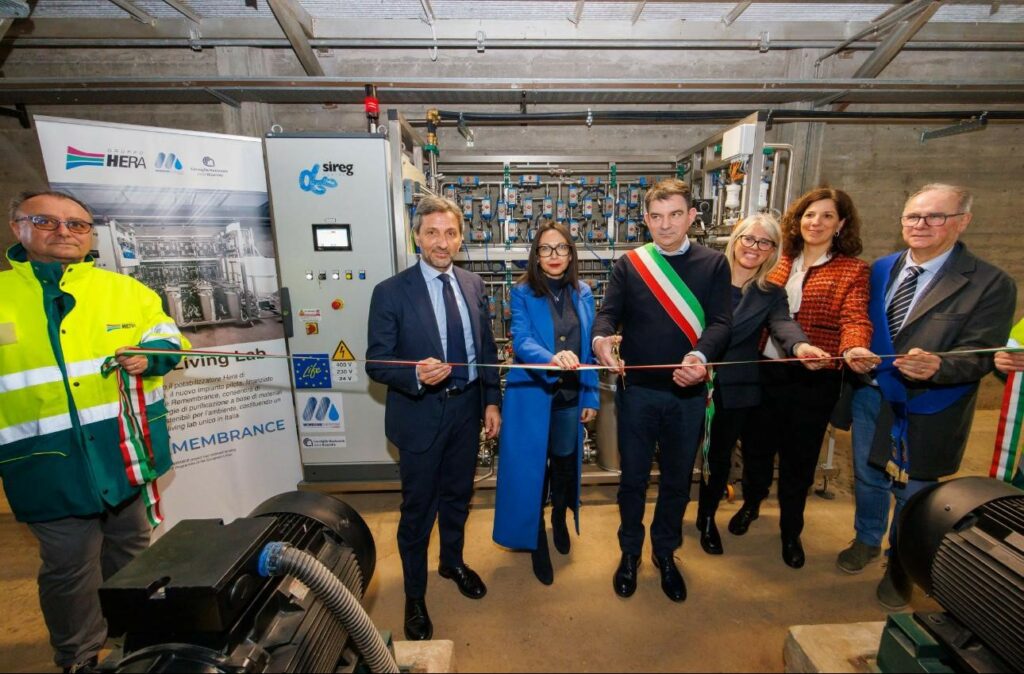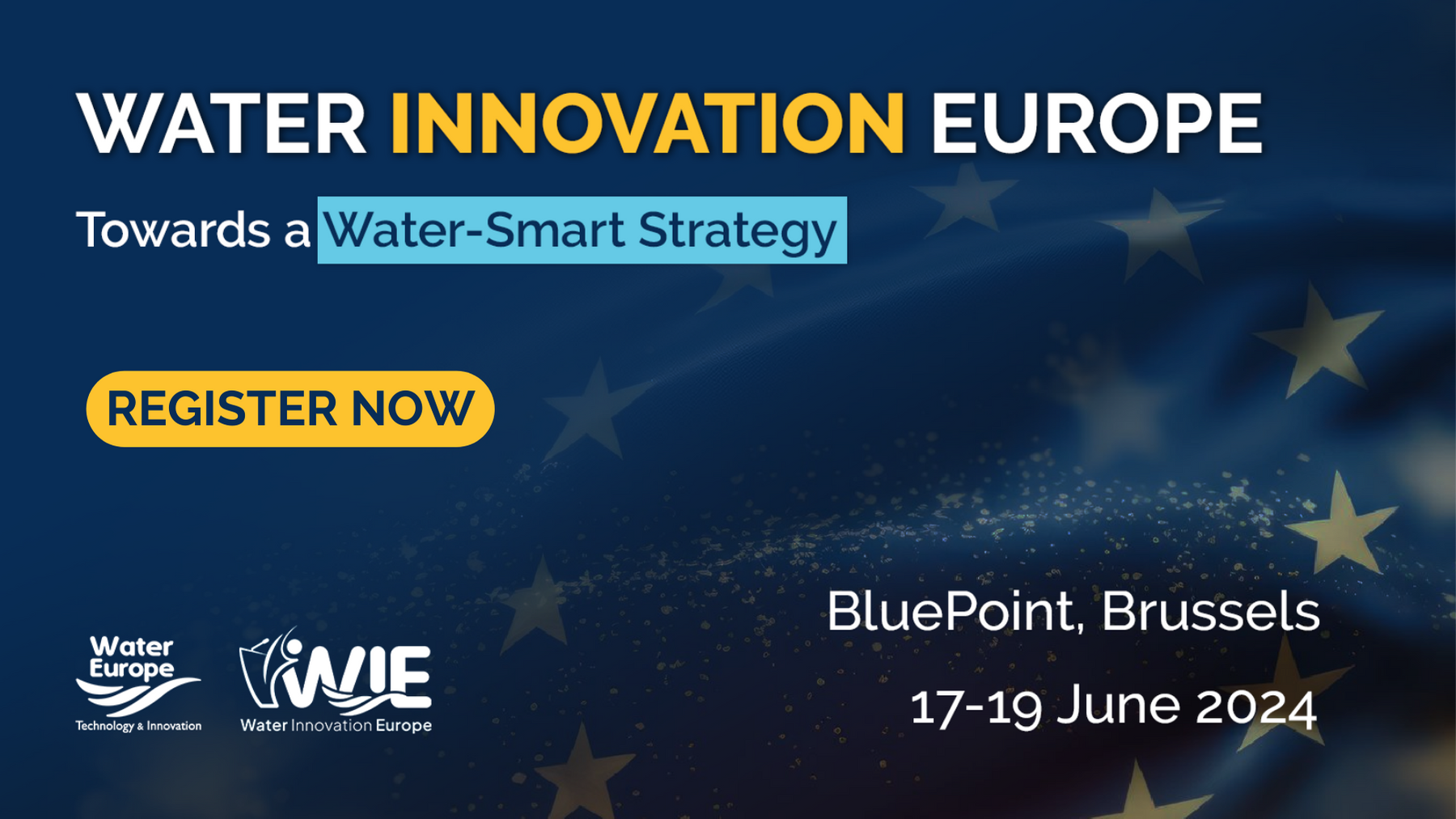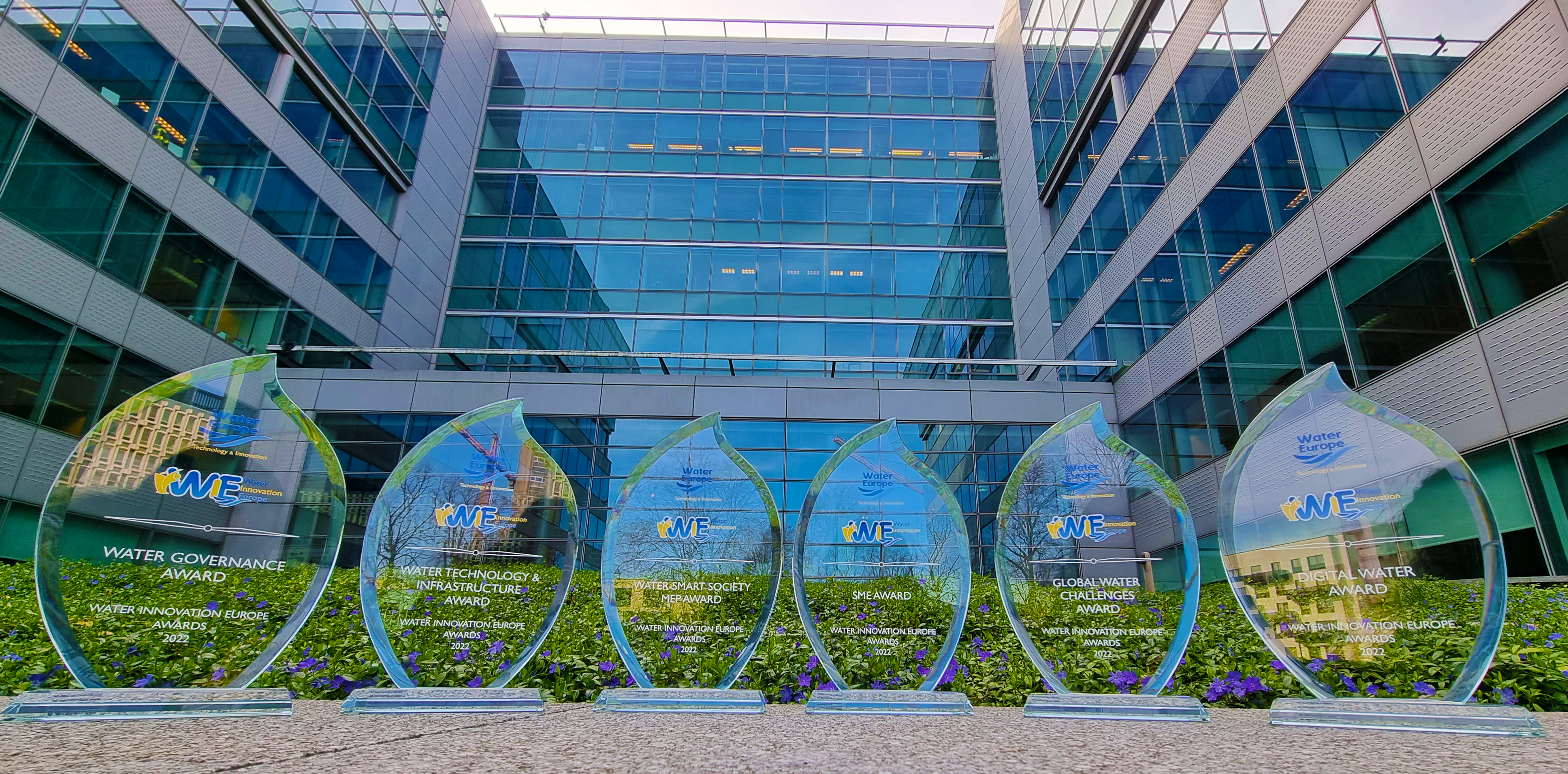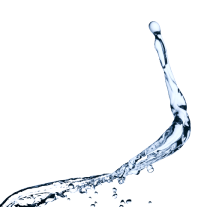An innovative pilot plant that removes micropollutants from water is now operating in Ferrara, at the heart of the Po River basin.
The pilot plant, a result of collaboration between Hera Group, Medica Spa, a leader in biomedical equipment production, and the National Research Council (CNR), removes micropollutants in water intended for potable use by using innovative materials derived from the recycling of waste from the biomedical industry. This is an excellent example of systemic collaboration between industry and academia. The Pontelagoscuro plant, which draws water directly from the Po River, making it drinkable through a complete, safe treatment process, is the Hera facility where the new system has been installed.
The Water Living Lab, the cornerstone of the Life Remembrance project, was presented on March 5 by Alessandro Baroncini, Hera’s Central Director of Networks; Letizia Bocchi, Head of Medica’s R&D and project coordinator; and Manuela Melucci, senior scientist at the Institute for Organic Synthesis and Photoreactivity of the National Research Council (CNR-ISOF), project Technical Manager. Also present were Irene Priolo, Vice President and Commissioner for Ecological Transition, Emilia-Romagna; Maria Cristina Pasi, Water Europe ambassador; and Lorenzo Poltronieri, President of Ferrara City Council.
The Water Living Lab responds to the need highlighted by the Water Safety Plan to improve the risk management of pollution in the Po River. Considering the positive laboratory test results, Hera decided to participate in the project by assessing the technology in its own plant, complying with the reference water regulations. The innovative plant uses polymeric granules derived from process waste membranes of the biomedical industry. In this way, a highly valuable but discarded material is enhanced and reused in the purification cycle, becoming a resource and a virtuous example of the circular economy. Tests conducted at CNR-ISOF showed greater effectiveness in removing micropollutants (including PFAS, pharmaceuticals, cosmetics, and pesticides) compared to granular activated carbon. Now, by diverting a small portion of water treated by the purifier, either in its natural state or altered specifically for the project, the pilot will be able to study the removal performance of pollutants by the new materials in a real environment.
“The virtuous management of the water supply chain is a priority for us,” comments Alessandro Baroncini. “Therefore, this experiment is part of the innovation path that we have long undertaken to achieve ever higher levels of efficiency, safety, and quality, confirming the strongly industrial vocation of the water cycle processes. In the industrial plan up to 2027, about 1.2 billion euros will be allocated solely to the integrated water cycle, including interventions to address the water supply-related critical issues in an increasingly drought-prone context to preserve our water resources.”
“The collaboration created within Life Remembrance represents a unique opportunity for us to explore the potential applications of secondary products. Synergies of this kind are particularly valuable for managing environmental issues and increasing the company’s sustainability,” explains Letizia Bocchi.
“It is a privilege for us researchers to watch the scaling up to a real plant of such a novel technology developed in our laboratories,” concludes Manuela Melucci, “as well as being able to contribute to its validation for the benefit of all citizens.”




